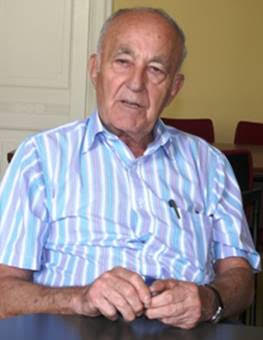
THE VOICE OF INTERNATIONAL LITHUANIA
|
VilNews has its own Google archive! Type a word in the above search box to find any article.
You can also follow us on Facebook. We have two different pages. Click to open and join.
|
Front page
- Posted by - (0) Comment
IT’S ALL ABOUT LT-MASSACHUSETTS TODAY…
A visit to our Homeland
through the eyes of 12 American-Lithuanian women
Text & Photos: Jenifer C. Dillis
Founder/Researcher at JCD Photography
Lives in East Bridgewater, Massachusetts
From Brockton, Massachusetts
 Please join me and my eight biological sisters and three nieces, as we venture to The Homeland of our four grandparents. Having grown up as “purebred” Lithuanian-Americans, we 16 siblings are gifted to have parents who share their pride with us. (We sisters left our seven brothers back in The States, while we took our trip in June-July 2007).
Please join me and my eight biological sisters and three nieces, as we venture to The Homeland of our four grandparents. Having grown up as “purebred” Lithuanian-Americans, we 16 siblings are gifted to have parents who share their pride with us. (We sisters left our seven brothers back in The States, while we took our trip in June-July 2007).
Whether it was attending Lithuanian School to attempt to learn the beautiful language, dancing as members of folk dance groups, or learning to play the Kankles, we each have a level of that same pride in our heritage. Though some of us may own more “Lietuva” souvenirs than others, we all are strong, stubborn, determined, and addicted to Kugelis!
Our journey landed us in Vilnius, where the spirits of our ancestors met us warmly. How can I possibly describe the emotion of having landed in the capital of the country we had only ever heard, or dreamed about? We walked the cobblestone streets, window-shopped for Gintaras, and some of us even ventured down alleys. We felt nothing but safe and free in OUR homeland! From the powerful presence of the free-flying flags of Lietuva, to the steeple of St. Casimir’s Church, we were “home.” The locals were familiar faces. We had seen them in our own Lithuanian parish back home.
If being a Lithuanian-American or American-Lithuanian means anything to you, I suggest and recommend a visit to The Homeland. Go shove your feet into the sands of The Dunes, search for that one piece of amber along the rough shores. Pull up a chair at a local bar, and order a round of Svyturys for the crowd. Search the birth records of your ancestors. Touch the doorknob of the Church that your own grandmother may have touched. Look up while walking the cobblestones of Vilnius. Chances are there will be someone on a balcony. And that someone may be your own flesh and blood.
- Bookmark :
- Digg
- del.icio.us
- Stumbleupon
- Redit it

Lithuania Hall, Brockton, Massachusetts, 1913
This article was written by JOHN BERNOTAVICZ, BS, MS, PhD (1913-2009) for Lituanus (Lithuanian quarterly journal of arts and sciences) in 1990
On Sunday, April 24, 1988, l drove from Hyannis to Plymouth to pick up Mrs. Florence Melevsky, my sister-in-law, so we could attend the 90th anniversary for St. Rocco-St. Casimir Parish in Brockton. Originally, all we had was a basement church, as l remember it. Now, over the basement towers a huge bell-towered edifice.
The following credentials will establish my family and my roots in this parish.
My father, Mykolas Juozas Bernotavicius from Marcinkonys, Lithuania, was married on June 1, 1905, to Ona Geceviciute from Varėna, Lithuania, by Father M. Peza in the old wooden church on Webster Street. Later, this building became our church hall. Although my parents had four children, l was the only one to survive beyond infancy. Because my birth occurred on St. John's Day, June 24,1913, l was baptized John. On June 11, 1939, l married Amelia Veronica Jermolaviciute (the youngest of seven sisters) in this basement church by Father John Svagzdys. Our two children, John (a graduate of Notre Dame University and Georgetown Law School) and Mary (a graduate of the Georgetown School of Nursing) were christened here in 1943 and 1946, respectively. In addition to the above data, my parents and my wife were buried from this church.
As we descended the steps to the hall, a flood of memories of long ago surged through my mind. Nowhere in sight did l see the confessionals, nor the organ or choir loft, nor any pews or stations of the cross, nor any main altar with two side altars—only a huge expansive area filled with long tables and chairs prepared for a family-style feast for the parishioners and friends of the parish. At one end we saw an hors d'hoeuvres table. Other tables along the sides of the building were lined with pictures, photos, newspaper clippings of past functions, mementoes of other activities and paraphenalia illustrating past history of its parish and people.
During the 1920-1935 era, Brockton, a bustling city of 55,000-65,000 inhabitants, was known as the world's largest shoe manufacturing center.
- Bookmark :
- Digg
- del.icio.us
- Stumbleupon
- Redit it
- Posted by - (0) Comment
“I will always wonder how many other Lithuanian parishes can match what
the people of St. Rocco's-St. Casimir's has accomplished.”
St. Casimir Church in Brockton closed in 2008
Over the past years, six Catholic parishes in Brockton have closed or merged, making the city one of the hardest hit by the Boston Archdiocese's reconfiguration process. In 2008 St. Casimir Church, a 110-year-old Lithuanian parish held its final service…
Read more…
____________________________________________________________________
Lithuanian Brockton disappears
Nearly a century after she was born in Brockton’s Lithuanian Village, Helen Savilonis Giovanello still remembers the aroma of Lithuanian bread baking at Kilkus Bakery. She remembers the lush flower gardens grown by Lithuanian immigrants. She remembers her family’s well-tended home at 18 Albert St. and her days at the neighborhood’s Franklin Elementary School.
But most of all, she remembers the solidarity of the people who lived in that northeast section of Brockton. “It was a cluster of Lithuanian people that were all friendly with the church,” says Giovanello, now 98.Those days are over. The Lithuanian Village is but a shadow of the once-vibrant enclave, and the expected closing later this month of the venerable St. Casimir Church may mark the end of the Lithuanian community in Brockton.
Read more…
- Bookmark :
- Digg
- del.icio.us
- Stumbleupon
- Redit it
- Posted by - (0) Comment
Boston, Massachusetts, July 1, 2012
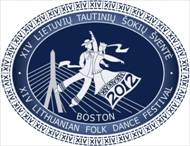
The 14th Lithuanian Folk
Dance Festival!
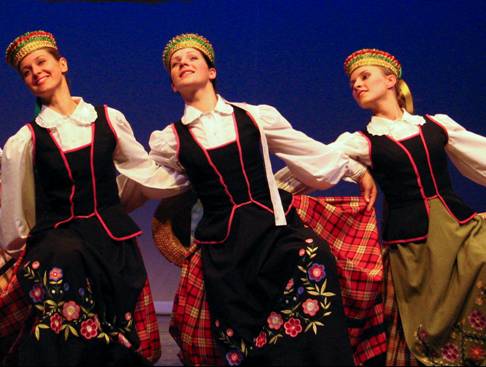
Lithuanian folk dance group of Vilnius Gediminas technical university
The Boston Lithuanian American Community will be hosting as many as 47 Lithuanian folk dance groups from around the world. The dance festival is held every four years and for the first time will be coming to Boston. The festival begins with an entry march, as 1,800 dancers dressed in distinctive folk costumes fill the stadium floor, then together perform intricately choreographed dances, creating a kalaidescope of movement, music and color.
Come experience this celebration of Lithuanian dance and culture!
Learn more at: http://www.sokiusvente2012.org/
- Bookmark :
- Digg
- del.icio.us
- Stumbleupon
- Redit it
Slideshow commemorating 50 seasons of Boston Lithuanian Cultural Saturday evenings (Subatvakaris) and 60 years of the National Lithuanian Society of America, Boston Chapter (Amerikos Lietuvių Tautinė Sąjunga (ALTS)). Background singing from the Vilnius University girls choir Virgo performing during the cultural part of the jubilee program, November 7, 2009, at the South Boston Lithuanian Citizens Association, 368 W. Broadway, South Boston, Massachusetts USA.
The slideshow includes pictures of events and the founders at the Boston Chapter's National Lithuanian Society House at 484 Fourth Street in South Boston, MA from the 1950's to 1980's. After selling the building, and a period of inactivity, the Subatvakaris cultural evenings were revived in the 2000's and are now held at the South Boston Lithuanian Citizens Association, 368 W. Broadway, South Boston, MA.
Draugas article (in Lithuanian), http://www.draugas.org/12-03-09boston.html
- Bookmark :
- Digg
- del.icio.us
- Stumbleupon
- Redit it
US-Lithuanian Facebook sites do a superb job!
- Posted by - (0) Comment
 Visit: LT NEWS |
||
|
||
 Visit: The Lithuanian Rat Pack |
“In this new media age, there is a growing population interested in Lithuania and its culture. LTnews.net provides a simple, easy-to-access platform with a social media aspect that has re-shaped the way people can seek a topic of interest.”
This write the enthusiasts behind the site and the Facebook page LT NEWS in their introduction to the page. They represent one of many new social media in the United States with Lithuania as the main theme. Combined, these sites have revived a strong, energetic interest in the home country here at the southern shore of the Baltic Sea.
There are many, many more than the four we mentioned above, and there are similar sites in many other countries. Please contact us if you represent one of these sites, and we will eventually put together a more comprehensive overview and presentation here in VilNews.
Check out our SECTION 11
- Bookmark :
- Digg
- del.icio.us
- Stumbleupon
- Redit it

Linas Johansonas,
LTnews.net Editor-in-Chief
Linas Johansonas, chief editor of Ltnews, think we were too negative in our article about the tomb of President Smetona, where we used the title "No flowers for Smetona." Linas believes that the tomb is visited and honoured by many. To convince us of this, he invited me to Cleveland so I can see with my own eyes.
He also thinks there is more I should do while in Cleveland…
***
Aage, after you visit President Smetona's grave in Cleveland, make sure you visit Cleveland's historic Lithuanian Cultural Garden :)
Lithuanian Cultural Garden in Cleveland Ohio
The Lithuanian Cultural Garden was dedicated October 11, 1936.
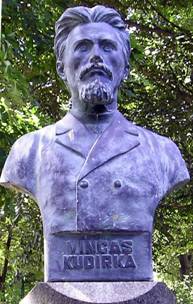
Lithuanian Cultural Garden in Cleveland Ohio
www.clevelandpeople.com
Photos from the Lithuanian Cultural Garden in Cleveland Ohio - statues of Vincas Kudirka, Pillars of Gediminas, Jonas Basanavicius, Fountain of Biruta , Maironis
Checkout some of my photos from the LT garden in this photo album http://www.facebook.com/media/set/?set=a.1046292712242.2009191.1073375623&type=3
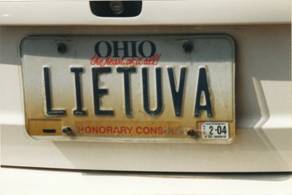
Lithuanians
Photos by: Linas Johansonas
By: Linas Johansonas
http://www.facebook.com/groups/52628882669/

Friends of the Lithuanian Cultural Garden of Cleveland
"One of Cleveland's Cultural Gardens, sponsored by its foreign born citizens. The Lithuanian Cultural Garden is laid out in the form of a huge lyre, which symbolizes the Lithuanians' love for music. The stone work depicts three stages of Lithuanian history. The bust in the center is that of Dr. Jonas Basanavicius, Lithuanian liberator."The Lithuanian Cultural Garden also features busts of Maironis (poet/writer) and Vincas Kudirka (author of Lithuania's national anthem), the Pillars of Gediminas (Gedimino Stulpas), and a fountain dedicated to Lithuania's Grand Duchess Birute.Dedicated in October 1936, the Lithuanian Cultural Garden extends from East Boulevard down three levels to Martin Luther King Boulevard. According to Clara Lederer, in Their Paths are Peace , the "original design was drawn up in Lithuania by Professor Dubinecras, and was modified to fit the boulevard topography by the City Plan Commission of Cleveland." The Lithuanian Cultural Garden’s choices of sculpture reflects how much questions of national identity played into the construction of many of the gardens. ~Dr.M.Tabeau
http://www.culturalgardens.org/federation.aspx
After you visit the LT Gardens, you can stop at the Lithuanian Club at the Lithuanian Community Center for a Svyturys…
http://www.facebook.com/media/set/?set=a.10150236615690337.344774.356431370336&type=3

- Bookmark :
- Digg
- del.icio.us
- Stumbleupon
- Redit it
- Posted by - (0) Comment
Antanas Smetona
Lithuania's famous
president who ended
his days in the U.S.
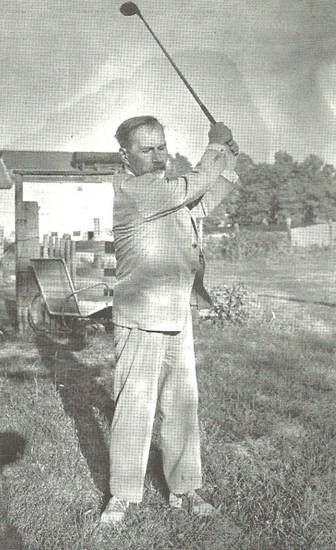 Antanas Smetona golfing in Michigan at the Tabor Farm after he came to the U.S. in 1941, escaping from the Soviet invasion of Lithuania in June 1940 |
||
|
Antanas Smetona (August 10, 1874 – January 9, 1944) was the most important Lithuanian political figure between World War I and World War II. He served as the first President of Lithuania from April 4, 1919 to June 19, 1920. He again served as the last President of the country from December 19, 1926 to June 15, 1940, before its occupation by the Soviet Union. He was also one of the famous ideologists of nationalism in Lithuania.
Lithuania was occupied by Soviet troops in 1940. After the USSR presented an ultimatum to Lithuania in June of that year, Smetona proposed armed resistance against the Soviets. The majority of the government and the commanders of the army did not concur with this proposal, and Smetona turned over the duties of President to Prime Minister Antanas Merkys, and on June 15 he and his family fled to Germany, and then on to Switzerland without surrendering his powers.
In 1941, Smetona emigrated to the United States, and lived in Pittsburgh and Chicago before settling in Cleveland, Ohio in May 1942 with his son Julius' family. While in exile, he began work on a history of Lithuania and on his memoirs. Smetona died in a fire at his son's house in Cleveland, on January 9, 1944, and was buried there. His wife Sofija died in Cleveland, on December 28, 1968, and he also had a daughter, Birutė.
In 1975, his remains were moved from Cleveland's Knollwood Cemetery mausoleum to All Souls Cemetery in Chardon, Ohio.
- Bookmark :
- Digg
- del.icio.us
- Stumbleupon
- Redit it
No flowers for Smetona
- Posted by - (0) Comment
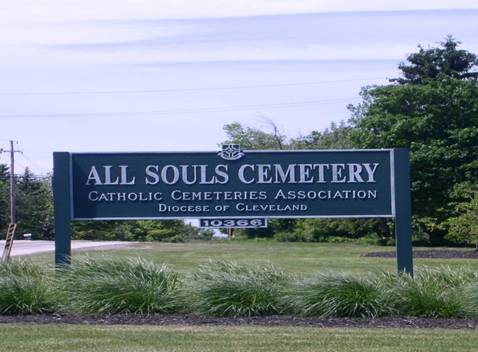
Ohio crypt holds remains of first Lithuanian President,
yet he has been forgotten here in a Mausoleum tucked
away in a Catholic Cemetery east of Cleveland, USA.
By Frank Passic
There are no flowers at his crypt, although the Mausoleum is filled with them on the vaults of others nearby. He was the President, yet you would not know that by reading the simple inscription found upon his nameplate. His image was on a coin, a banknote, various stamps and medals. Yet he has been forgotten here in a Mausoleum tucked away in a Catholic Cemetery east of Cleveland, Ohio, USA.
His body has already been moved once since his death. But his remains haven’t been taken back to Lithuania since Lithuanian independence was restored, unlike the remains of his counterpart, President Kazys Grinius’ were. So his remains lay here in Ohio, far away from the country he loved and served.
- Bookmark :
- Digg
- del.icio.us
- Stumbleupon
- Redit it
LT sportsmen in USA
- Posted by - (0) Comment
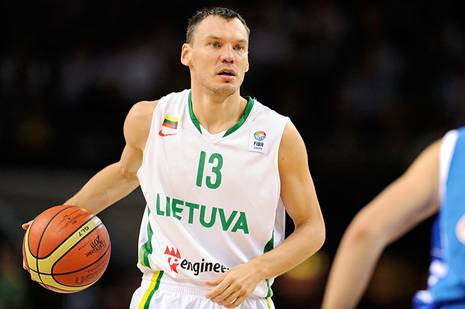
Šarūnas Jasikevičius, during EuroBasket 2011.
Text: Vin Karnila
Mention the words Sport and LITHUANIA and the next word you hear is always BASKETBALL. While a number of Lithuanian players have gone on to careers in the NBA it may surprise you to find out that quite a few Lithuanian athletes have had successful professional careers in the U.S.A. in other sports as well. What may be even a little more surprising is that these athletes excelled in what are considered “American” sports. As an example, did you know that the two players that most people say were the greatest players in the National Football League were Lithuanians?
BASKETBALL
Basketball is the sport that has tied Lithuania and USA closest together, so let’s first introduce you to the Lithuanian basketball stars “over there”.
Sarunas Jasikevičius
In July 2005 Sarunas Jasikevičius signed a three year contact with the Indian Pacers of the NBA. The point guard, who won three consecutive Euroleague championships, agreed to a three-year deal with the Pacers. Back in 1998, he was a solid wing player with Maryland, known for his shooting and intelligent play. He went back to his native Lithuania and plied his skills in club ball in Europe, becoming one of the best at his position. Arunas said “European ball is getting closer to the level of the NBA. I don't feel I have to play there to prove myself as a player,“
- Bookmark :
- Digg
- del.icio.us
- Stumbleupon
- Redit it
- Posted by - (0) Comment
Lithuanian-American Johnny Podres (1932-2008):
US baseball’s ‘most
valuable player’ in 1955

Johny Podres, Lithuanian American, son of immigrant parents, born and raised Upstate New York, pitched two historic World Series wins against the New York Yankees in 1955. The World Series championship was the one and only victory in the history of the "Brooklyn" Dodgers. Subsequently, the Dodgers (and Podres) moved to Los Angeles in 1958.
People always said the cigarettes and the gambling and the whiskey and the late hours would surely get Johnny Podres. In 2008, those experts were proved right. Now they’re going to have to explain how The Pod made it to 75.
- Bookmark :
- Digg
- del.icio.us
- Stumbleupon
- Redit it
- Posted by - (0) Comment
Chicago 26 – 28 April:
200 scholars meeting
to examine the Baltics

By Ellen Cassedy
More than 200 scholars from 15 countries are converging on Chicago – home to the largest population of Lithuanians outside of Lithuania itself – to present and respond to papers on Baltic history, literature, linguistics, political science, aesthetics, culture, sociology, psychology, economics, gender, anthropology, musicology, environment, education, and public health.
The 23rd biennial conference of the Association for the Advancement of Baltic Studies (AABS) opens April 26 at the University of Illinois. Organizers expect the conference to be the largest ever for the scholarly association, which was founded in 1968.
Members of the public are invited to attend the opening session, where the Lithuanian, Latvian, and Estonian ambassadors to the U.S. will speak on the conference theme: “The Global Baltics: the Next 20 Years.”
The session will take place at 1:30 p.m. at the Forum at the University of Illinois, 725 West Roosevelt Road, Chicago, IL 60608. For further information, contact Agnė Vertelkaitė, 312-397-0382, ext. 204, or e-mail: agne@ltconschi.org.
U.S. Senator Dick Durbin of Illinois, who is of Lithuanian descent, will address the three-day conference on Friday, April 27, on the topic of “The Unbreakable U.S.-Baltic Partnership.”

- Bookmark :
- Digg
- del.icio.us
- Stumbleupon
- Redit it
- Posted by - (0) Comment
Cassedy and Sepetys in
Balzekas Museum, Chicago
Sunday, April 29 - 2 p.m.

Join Ellen Cassedy, author of We Are Here: Memories of the Lithuanian Holocaust, and Ruta Sepetys, author of Between Shades of Gray, her best-selling novel about the Siberian deportations, as they share – and compare – their journeys into Lithuania’s dark years, and offer hope for the future.
BALZEKAS MUSEUM OF LITHUANIAN CULTURE
6500 S. PULASKI ROAD CHICAGO, IL 60629
TEL.: 773.582.6500
FAX: 773.582.5133
Open 10 AM - 4 PM daily
- Bookmark :
- Digg
- del.icio.us
- Stumbleupon
- Redit it
- Posted by - (0) Comment
Lithuanian Jewish History –
can we stop the sand clock?
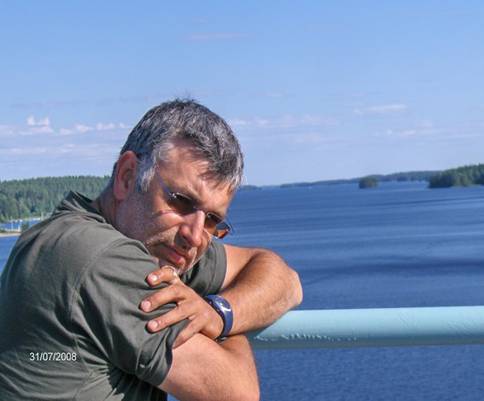
Sergejus Kanovičius
Interviewer Andrius Navickas
Authorized translation by Judita Gliauberzonaite and Kerry Shawn Keys
We offer you an interview with the poet, public figure, co-founder of NGO Maceva www.litvak-cemetery.info and the Lithuanian Jewish Community’s public relations advisor, Sergejus Kanovičius, about the current situation of Jews in Lithuania and what is today the most inciting factor of anti-Semitic manifestations in Lithuania.
Are there any statistics of how many Jewish people are left in Lithuania today, and whether this group is increasing or decreasing in number?
In 1988, there was an inaugural congress of the Lithuanian Jewish community and five hundred of the delegates barely fit into the Trade Union Hall on Tauras hill. About 20 thousand Jews were still living in Lithuania at that time. Today, according to unofficial estimates, the Jewish population of Lithuania consists only of 3.500 Jews. Thus, the dynamics are sad. More Jews die in Lithuania than are born, and we can say that we are witnesses of the extinction of the Jewish community in Lithuania, or, at least, its last century.
True, the remaining Lithuanian Jews live a full life. The community’s updated web page (www.lzb.lt) has recently been launched, children attend Jewish schools, and the Maccabi Sports Club is active, as well as a number of cultural organizations. Life in the Jewish community is in full swing, something is always happening there, and it does not seem that we are seeing a sad period of the life of the Lithuanian Jewry. Unfortunately, over the past few decades, the last Jewish watchmakers, carpenters, furniture makers, tailors, shoemakers, and barbers have disappeared.
- Bookmark :
- Digg
- del.icio.us
- Stumbleupon
- Redit it
- Posted by - (0) Comment
Memories of a prewar childhood in Lithuania – and an escape to the U.S.
This is the story of Vanda and her family. A story similar to what happened to many families that were affected by World War II's terrible events on Lithuanian soil, a story about innocent children who wanted a normal childhood in their beloved homeland, but instead were hit hard by the horrors of war and the terrible atrocities committed by the Hitler and Stalin regimes. Vanda and her parents managed to escape before Stalin's Red Army laid its iron grip over Lithuania in 1944. They came to Germany and later to the United States. Vanda's aunt had no such luck; she was deported to Siberia and starved to death because she shared her food rations with other deportees.
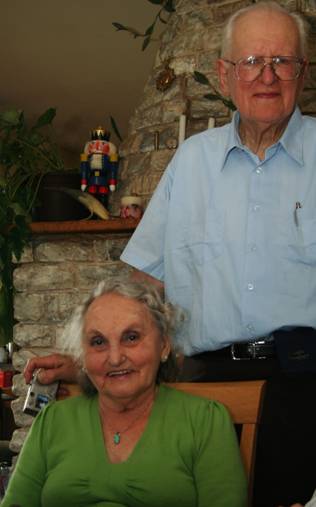
Vanda with her husband, Vytautas Sliupas, in June 2010.
They live in California.
Photo: Aage Myhre
KAUNAS 1938:
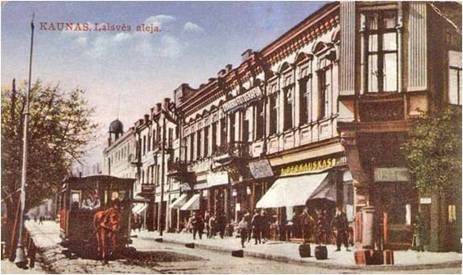
Vanda in 1938: “I remember being at the photographer’s and once walking in Kaunas on “Laisves Aleja” and eating the first sausage and a bun (something like a hotdog) on the street – which to me was a big treat.”
CHICAGO 1949:
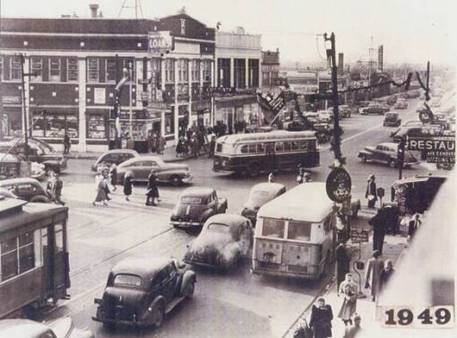
Chicago became Vanda’s new home in 1949. Here a photo from the Grand
and Harlem intersection, appears to be Christmas Season.
>From NW Chicago history site.
- Bookmark :
- Digg
- del.icio.us
- Stumbleupon
- Redit it
- Posted by - (0) Comment
FACT BOX
WWII & POSTWAR LITHUANIA
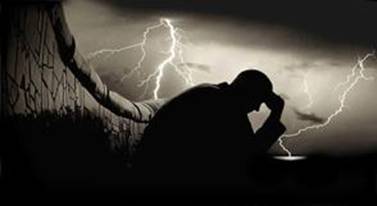
WWII: Occupied by Russia in 1940, Germany in 1941 and Russia in 1944
In June 1940, the Soviet Union occupied and annexed Lithuania in accordance to the secret protocols of Molotov–Ribbentrop Pact.
200,000 Jews murdered during Lithuanian Holocaust, 1941-1944
A year later the Soviet Union was attacked by Nazi Germany, leading to the Nazi occupation of Lithuania. The Nazis and their collaborators murdered around 200,000 Jews of Lithuania (more than 90% of the pre-war Jewish community) during the Holocaust.
300,000 deported to Siberia, 1940-1953
After the retreat of the German armed forces, the Soviets re-established the annexation of Lithuania in 1944. It followed with massive deportations of around 300,000 citizens to Siberia, complete nationalisation and collectivisation and general sovietisation of everyday life.
Tens of thousands Lithuanians fled to the West, 1940-1944
During World War II many fled west to escape the Russian reoccupation of Lithuania. Eventually 30,000 Dipukai (war refugees or displaced persons) settled in the United States, primarily in cities in the East and the Midwest. These immigrants included many trained and educated leaders and professionals who hoped to return someday to Lithuania. The heightening of tensions between the United States and the Soviet Union—known as the Cold War—dampened these expectations, and many Lithuanians sought to create a semi-permanent life in the United States.
By 1990 the U.S. Bureau of the Census listed 811,865 Americans claiming "Lithuanian" as a first or second ancestry.
Europe’s longest and bloodiest guerrilla war in modern times, 1944-1953
From 1944 to 1953 approximately 100,000 Lithuanian partisans fought a guerrilla war against the Soviet system. An estimated 30,000 partisans and their supporters were killed, and many more were arrested and deported to Siberian gulags. Around 70,000 Soviet soldiers were killed by the partisans.
It is estimated that Lithuania lost almost one million people during and after World War II, one third of its population.
Regained freedom and independence, 1990-1991
The advent of perestroika and glasnost in the late 1980s allowed the establishment of Sąjūdis, an anti-communist independence movement. After a landslide victory in elections to the Supreme Soviet, members of Sąjūdis proclaimed Lithuania's independence on 11 March 1990, becoming the first Soviet republic to do so. The Soviet Union attempted to suppress the secession by imposing an economic blockade. Soviet troops killed 14 Lithuanian civilians on the night of 13 January 1991.
Worldwide recognition of independence and member of the UN, 1991
After the Moscow Coup in August 1991, independent Lithuania received wide official recognition and joined the United Nations on 17 September 1991. The last Soviet troops left Lithuania on 31 August 1993 – even earlier than they departed from East Germany.
Member of EU and NATO, 2004
Lithuania, seeking closer ties with the West, applied for NATO membership in 1994. After a transition from a planned economy to a free market one, Lithuania became a full member of NATO and the European Union in the spring of 2004 and a member of the Schengen Agreement on 21 December 2007.
- Bookmark :
- Digg
- del.icio.us
- Stumbleupon
- Redit it
VilNews e-magazine is published in Vilnius, Lithuania. Editor-in-Chief: Mr. Aage Myhre. Inquires to the editors: editor@VilNews.com.
Code of Ethics: See Section 2 – about VilNews. VilNews is not responsible for content on external links/web pages.
HOW TO ADVERTISE IN VILNEWS.
All content is copyrighted © 2011. UAB ‘VilNews’.

 Click on the buttons to open and read each of VilNews' 18 sub-sections
Click on the buttons to open and read each of VilNews' 18 sub-sections 







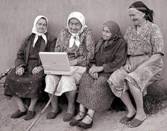
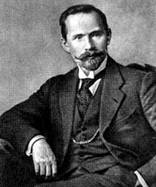
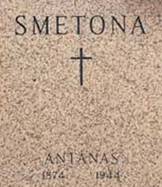
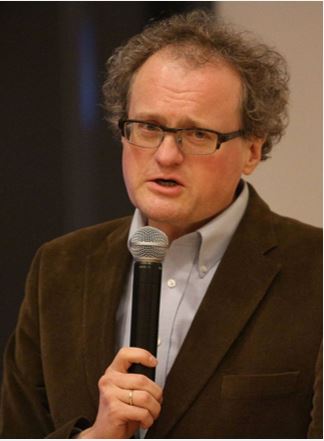

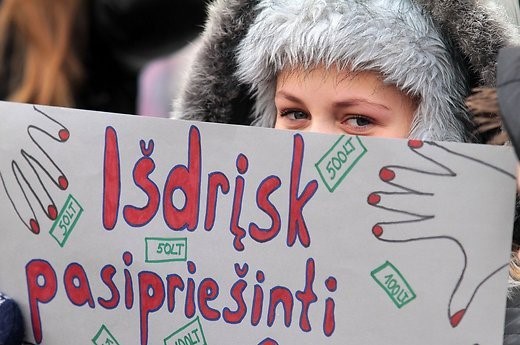


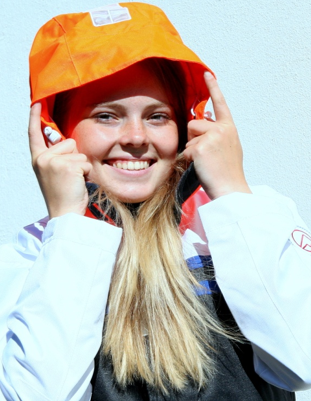
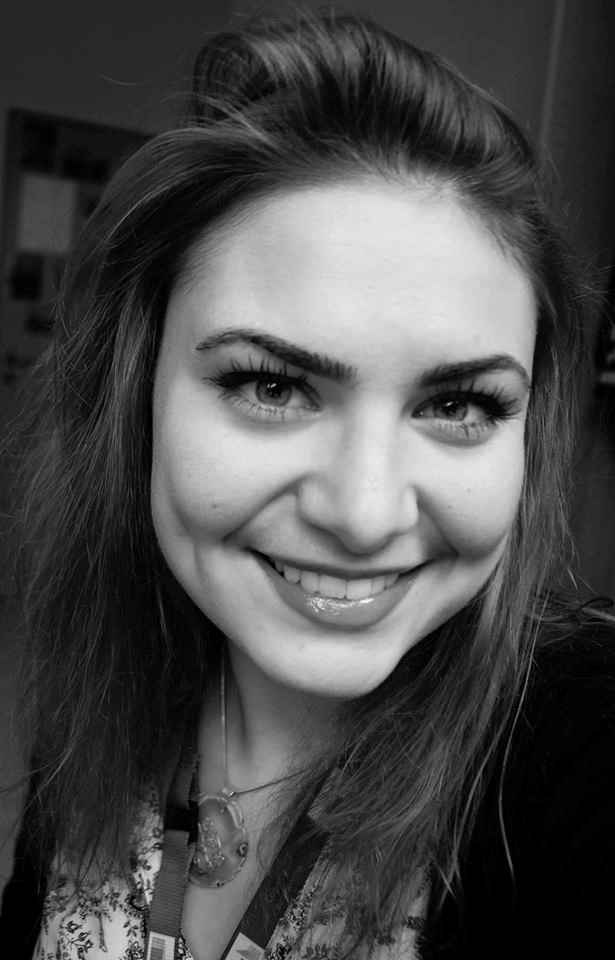

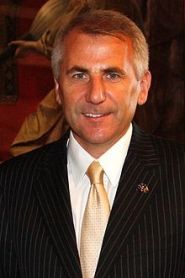
.jpg)
